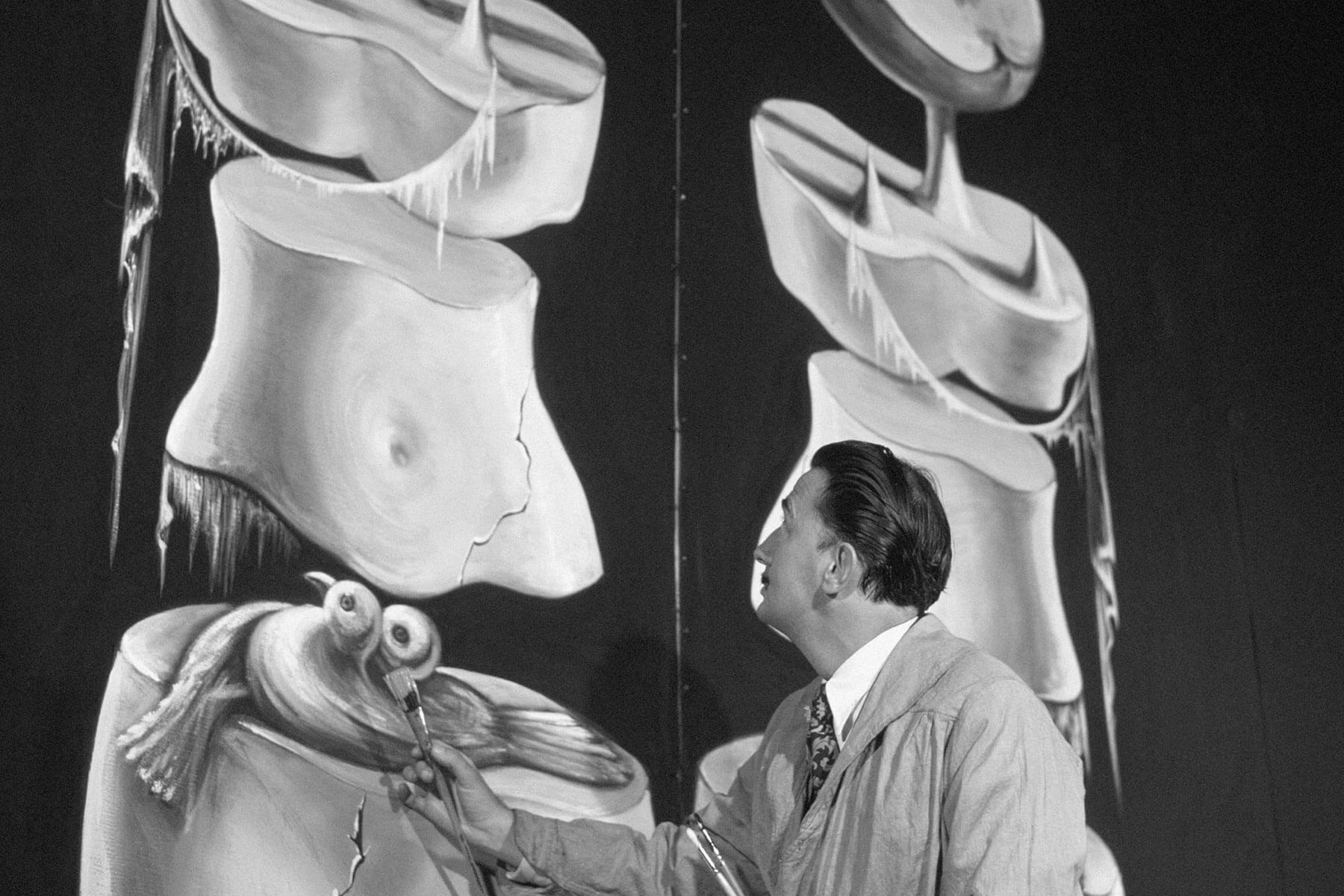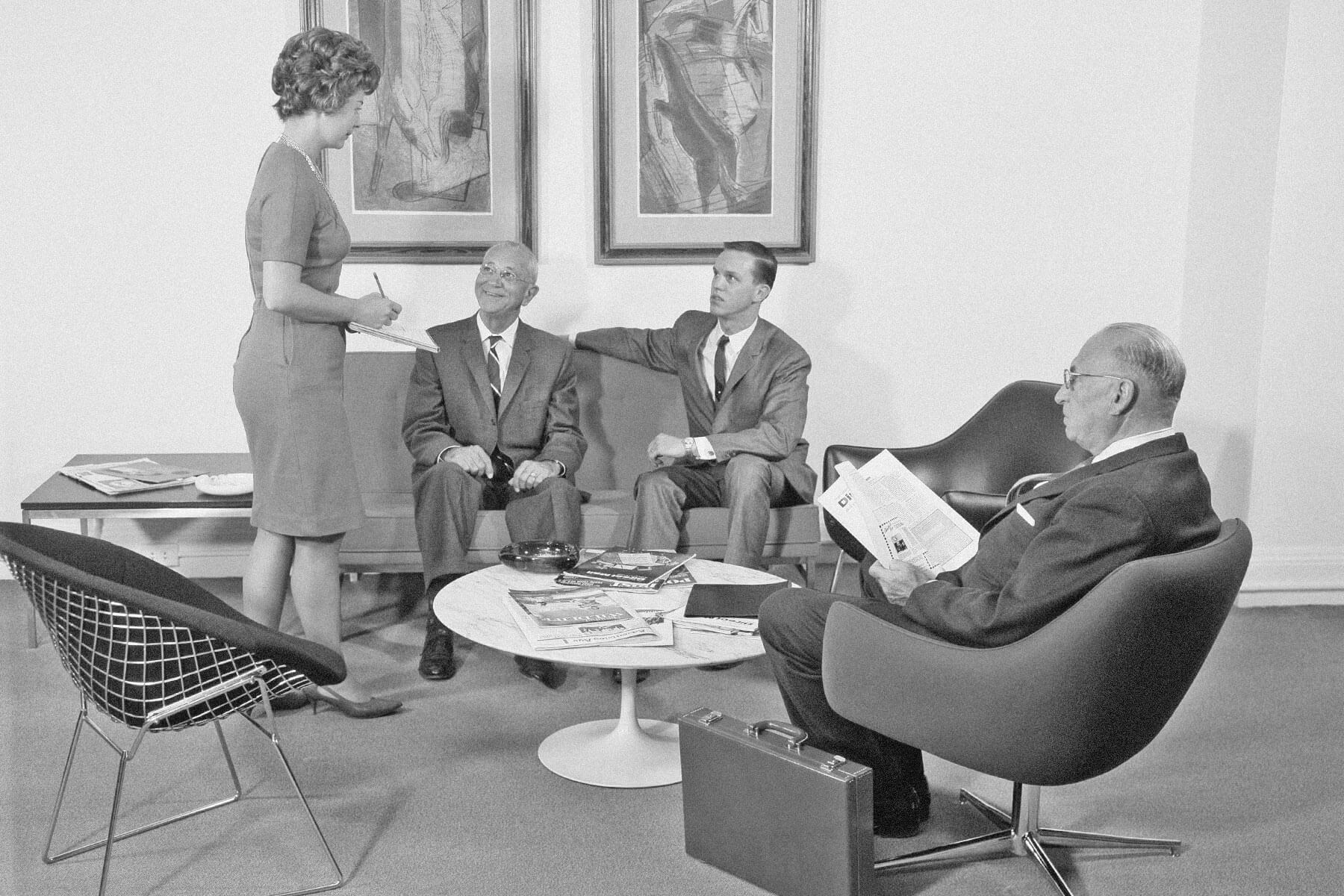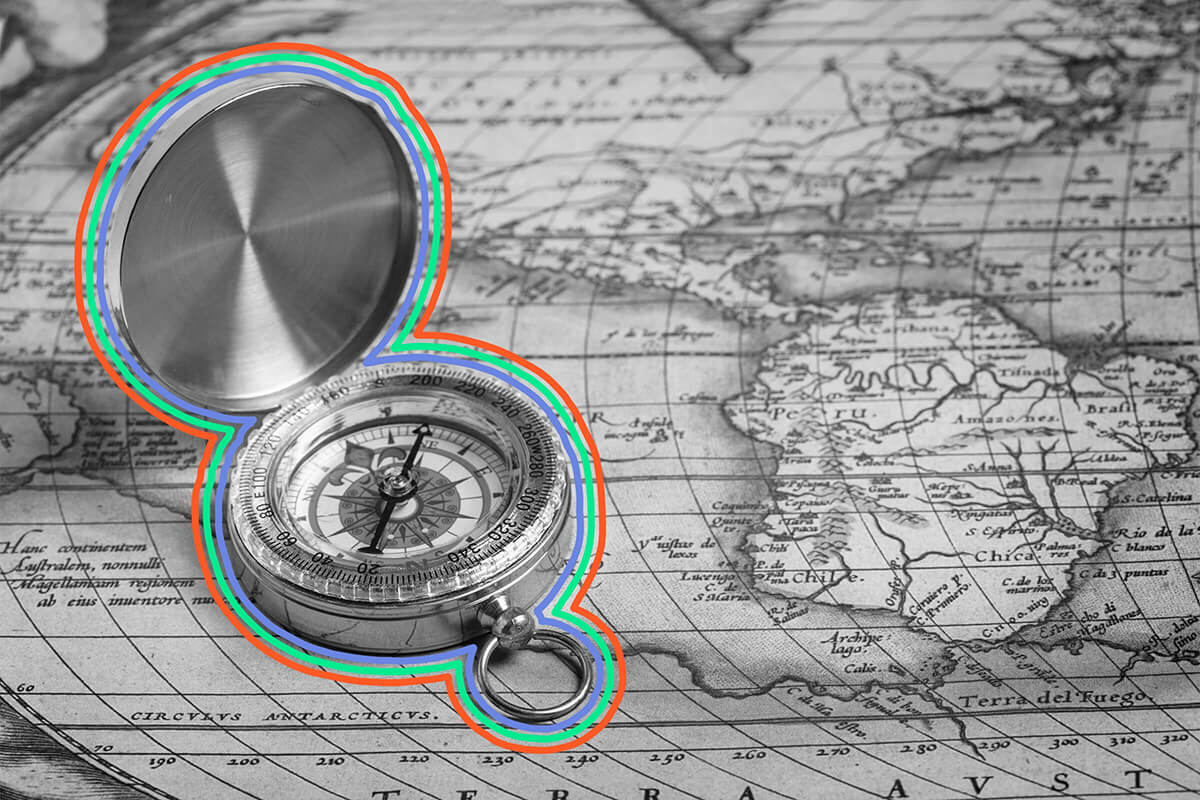Genghis Khan was the leader's title, not his name. |
Famous Figures |
 |
| |
| In 1206, when Temüjin was in his late 30s to mid-40s (his birth year is the subject of debate), he gathered leaders — the ones he hadn't killed — from all over the Mongolian Steppe to unite them as one nation, ready to conquer neighboring lands. At this assembly, called a kurultai, he was given the title of Genghis Khan. "Khan" is a Mongolian word for "leader" or "ruler," although its use spread more widely in the following centuries. "Genghis," also spelled "Chinggis," is usually translated as "universal," although it could have also meant "ocean" or "just." | |
| While he had risen to power as Temüjin, the leader built his empire as Genghis Khan. By his death in 1227, the Mongol Empire reached north to Siberia, south to Tibet, west to the Caspian Sea, and east to the China Sea. His children and grandchildren, including the famed ruler Kublai Khan, went on to grow the territory to around 9 million square miles, making it what is still the largest contiguous land empire in history. Genghis Khan's immediate successor, Ögödei, used the title khagan, meaning "Great Khan." | |
 |
 | |||
| |||
See History Through a New Lens With Nautilus | |||
| Thank you for supporting our sponsors! They help us keep History Facts free. |
 | |||||||||
By the Numbers | |||||||||
| |||||||||
| |||||||||
 | |||||||||
| |||||||||
The Mongol Empire had its sights on Western Europe. | |||||||||
| The Mongol Empire was vast, and included significant parts of Eastern Europe. The Golden Horde — the western portion of the empire, led by Genghis Khan's grandson Batu — conquered Kyiv in 1240. They laid waste to Hungary and mounted the head of Henry II, Duke of Silesia (now Poland), on a pike. Some Silesians were so terrified of the approaching army that they torched their own city and hid. Batu's cavalry pushed its way into Bohemia in the spring of 1242, but abruptly turned back and pulled out of Hungary altogether instead of pushing further into Western Europe. There's some debate as to why, but there are a couple of compelling theories. First, Ögödei, the Great Khan, had died in December 1241, and word may have just reached Batu that he needed to go back and help pick a successor at the kurultai. Second, the climate in the region had recently taken a really, really bad turn: The temperature was cold, the path was marshy, and food was scarce for both humans and horses, so the Mongols may have realized that moving forward wasn't feasible. | |||||||||
 | |||
Recommended Reading | |||
 | |||
| | |||
 | |||
| | |||
| + Load more | |||
| | |
| |||||||||||||||||||||||||||||||||||||||||||||||||||||||
| |||||||||
| 700 N Colorado Blvd, #513, Denver, CO 80206 | |||||||||












0 komentar:
Post a Comment